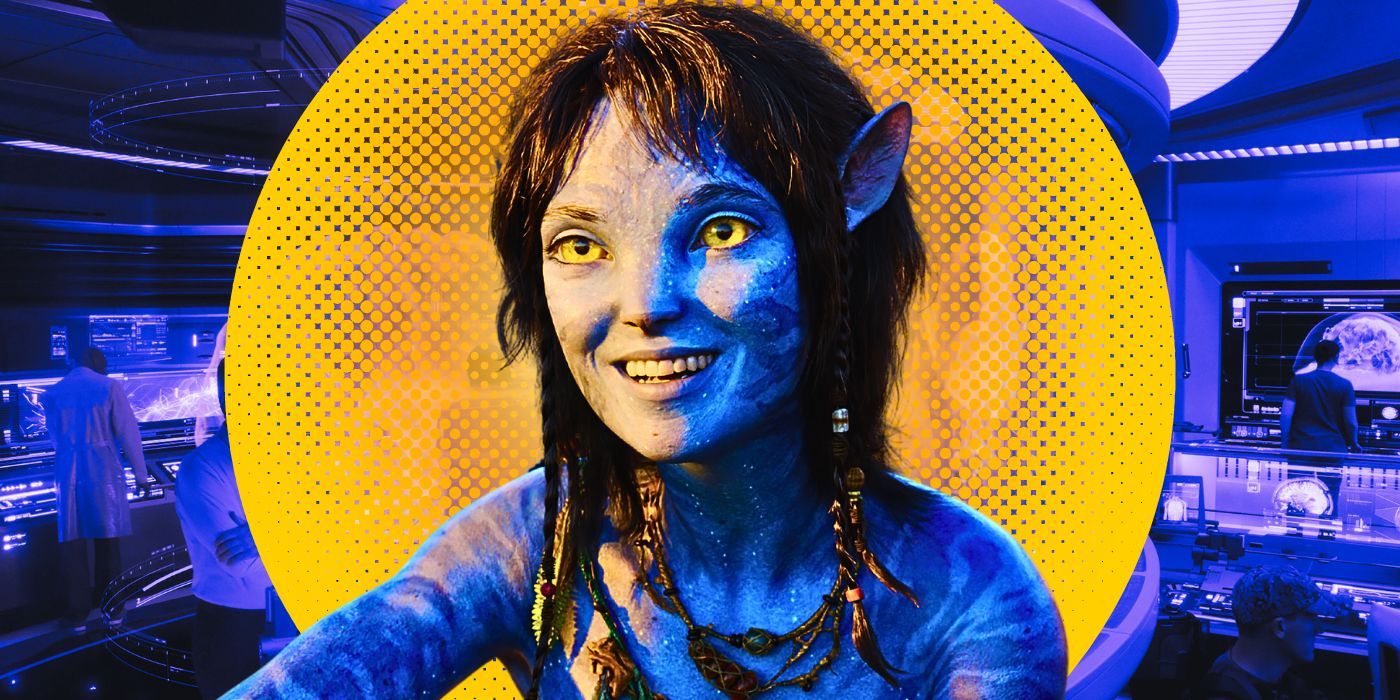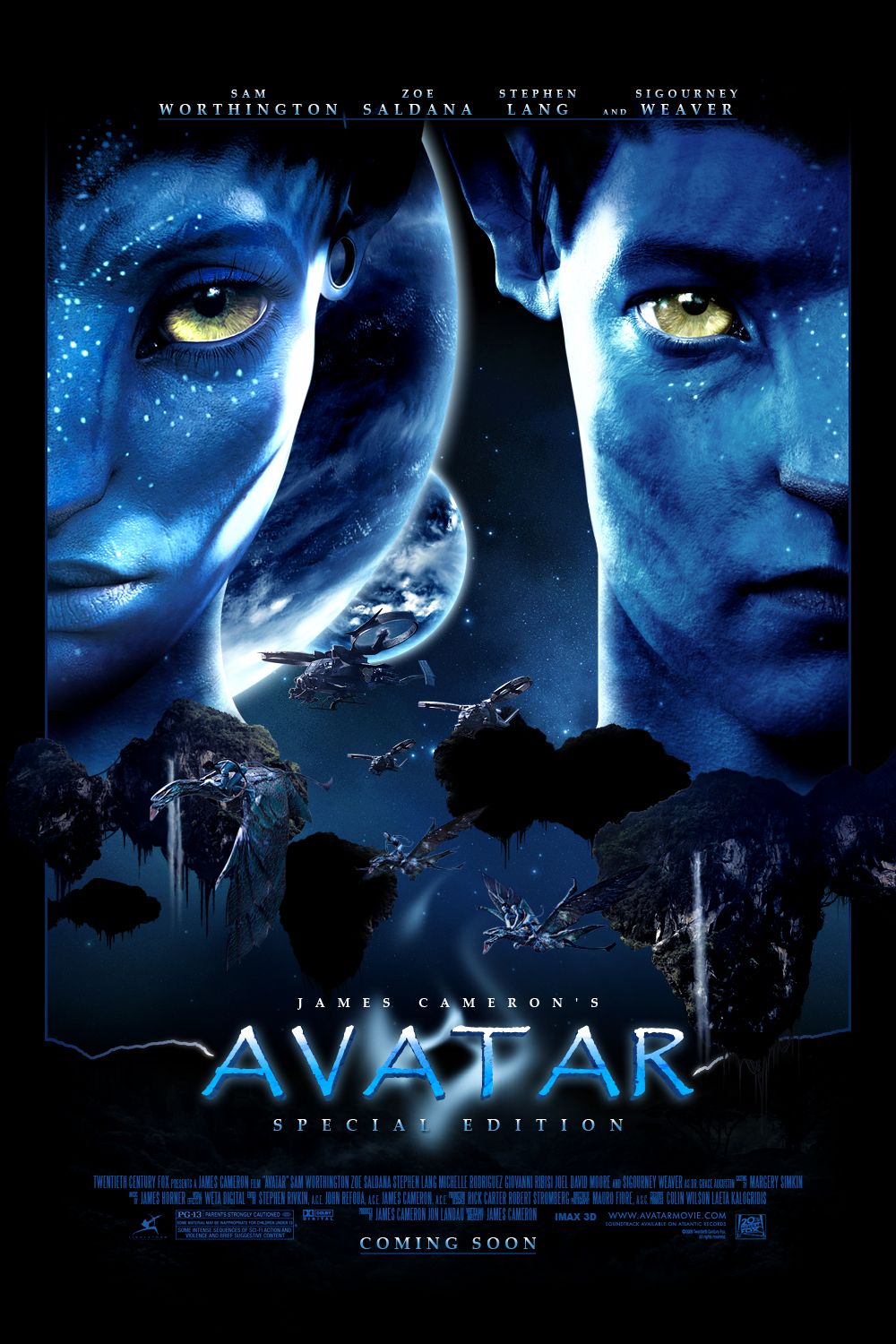Summary
-
The Aviator’
s innovative visual techniques inspired James Cameron for
Avatar
‘s groundbreaking CGI. - The low-budget film used miniatures and camera rigs, leading to
Avatar
‘s advanced CGI just five years later. -
Avatar
forever changed the CGI landscape, setting a new standard with its impressive VFX and motion capture technology.
VFX supervisor Robert Legato explains how The Aviator laid the groundwork for James Cameron’s 2009 film Avatar. The Aviator is a 2004 Martin Scorsese film that chronicles the life of famed Hollywood producer and aviation expert Howard Hughes. It stars Leonardo DiCaprio in the lead role and features a supporting cast including Cate Blanchett, Kate Beckinsale, John C. Reilly, Alec Baldwin, Alan Alda, Ian Holm, and Danny Huston.
Speaking with Corridor Crew, Legato explains how The Aviator paved the way for Avatar.
Legato recounted that after working on digital effects for The Aviator, he approached Cameron to suggest that he could apply the same technique for a motion capture film. As he worked on this method, he realized the amount of liberty that this new method of combining VFX and motion capture had a lot of liberties. After bringing this to Cameron, the director was convinced that he could successfully make Avatar. Check out part of Legato’s quote below:
“In the meantime, I was showing him this gag. I said ‘if we now got a motion capture stage, then I could handhold the camera and walk through the scene, I could see the actor live in my composite. I could do steady cam, I coudl do a crane shot, I could do any shot I want.
So I showed it to Jim, and he got fascinated by it.”
Avatar’s VFX Legacy Explained
It is fascinating to see how a comparatively lower-scale film like The Aviator could breed a visual feat such as Avatar. Earlier in the video with Corridor Crew, Legato details the making of the famous plane crash scene in The Aviator. With a budget too small for advanced CGI, Legato was forced to rely on miniatures and crazy camera rigs. He combined this with editing to create the suggestion of movement through the sky without the heavily CGI animated frames that typify films today. To have a lower-technology film such as this lead to Avatar just five years later is a feat.
When it was released in 2009, Avatar was arguably the greatest visual feat ever to hit the big screen. Relying on motion capture and CGI, Cameron, Legato, and the Avatar team created a transformative film that launched audiences into the immersive world of Pandora. This spectacle stunned audiences, between the sleek blue skin of the Na’vi to the mystical creatures of Pandora. Though motion capture had been used before of characters like Gollum in Lord of the Rings, it had never been done quite like this before.

Related
Casting 10 Recurring James Cameron Actors For Avatar’s Next 3 Sequels
James Cameron will be continuing to direct the Avatar movies into the future, and these 10 frequent collaborators should join the franchise.
Avatar forever raised the bar for the CGI of films that came after it. This included its sequel Avatar: The Way of Water, which transported audiences to a different part of Pandora, where Jake Sully and his family meet the water-dwelling Metkayina tribe. Using water effects, The Way of Water managed to significantly step up from the previous film, earning copious praise. Generated from Legato’s thought process for The Aviator, Avatar will continue to have a deep legacy on film VFX.
Source: Corridor Crew / YouTube
